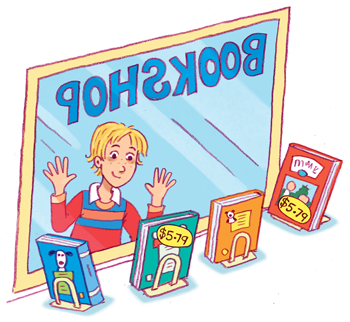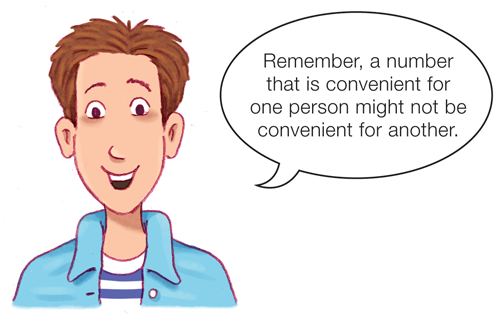LESSON 4 Estimating with Multiplication

Convenient Numbers
Nicholas wants to buy two books that cost $5.79 each. He estimates the cost of the two books to get a good idea of how much he will have to spend. In order to find the estimate, Nicholas uses a convenient number.
He thinks:
“$5.79 is close to $6.00 and $6.00 is easier to work with than $5.79.”
He multiplies 2 $6 in his head and comes up with an estimate of $12.00.
Nicholas shared his estimate with Lee Yah. She also estimated the total and then said:
“Your estimate is close to mine. I doubled $5.80. I knew 2 $5 is $10 and 2 80¢ = $1.60. My estimate is $11.60.”
Nicholas chose the number 6 when estimating because it was a convenient number to work with in his head. He rounded $5.79 to the nearest whole dollar, $6. Rounded numbers are one type of convenient number.
Lee Yah chose the convenient number $5.80 because she could double $5.80 in her head more easily than $5.79.












